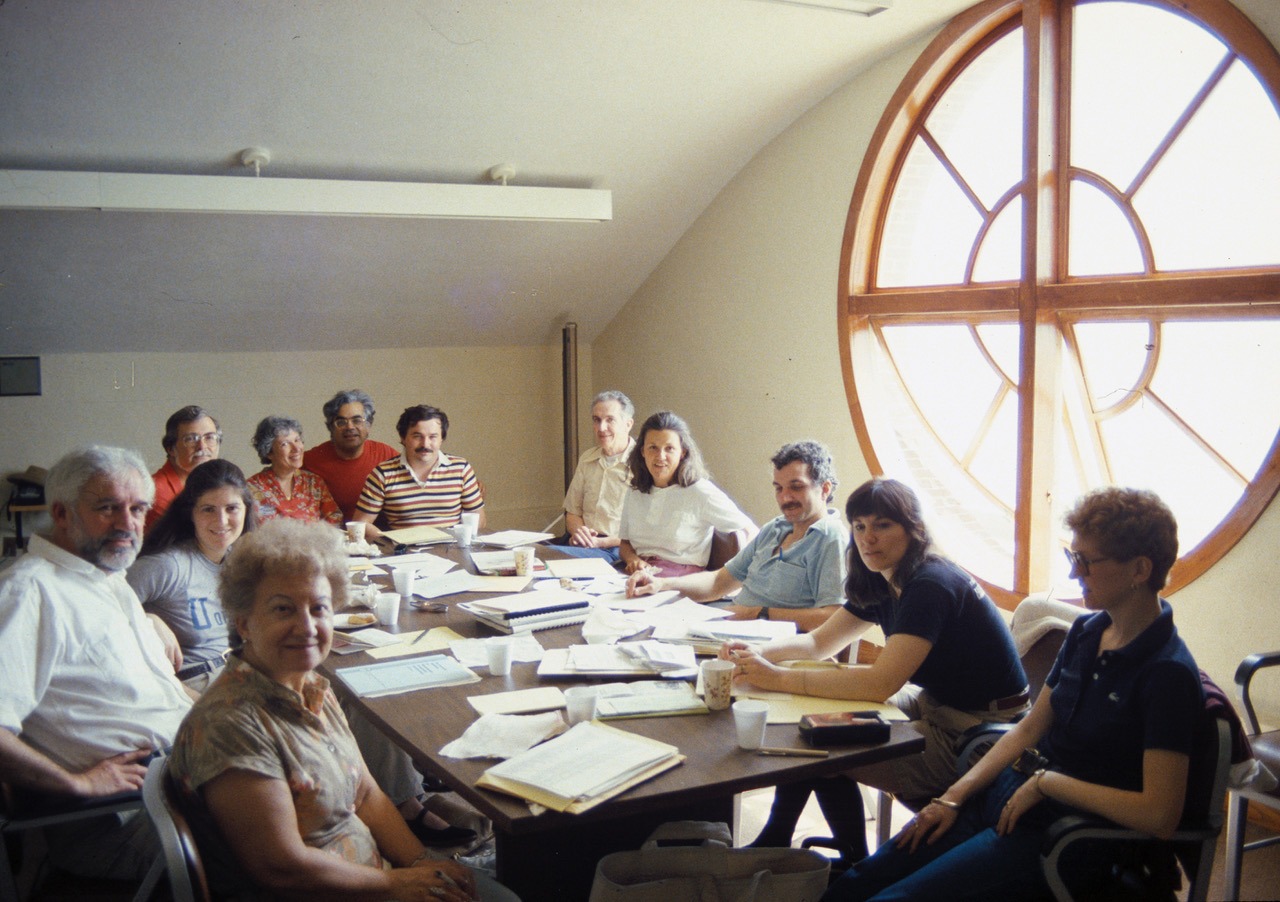History
Friends of Belle Isle Marsh (FBIM), formed in the 1980s as an all-volunteer, community-based non-profit organization, first began as an informal group of nature lovers, advocates who wanted to protect these salt marshes as a home for wildlife, and to save them from further development.
The history of the organization goes back to the 1960s and reflects the turbulent times when Massport planned a major expansion to Logan Airport and was also interested in Port of Boston’s fuel off-loading facilities. On the morning of April 23, 1969, residents of East Boston awoke to learn that their beloved Wood Island Park, originally designed as part of Boston’s Emerald Necklace by 19th Century landscape architect Frederick Law Olmsted (1822 –1903) had been bulldozed — destroyed by Massport to make room for a guidance system for the runway, a system that was never implemented. The close-knit community of families of East Boston were outraged by the loss of their park. It is fair to say that the relationship between Massport and the community has never fully recovered from this one historic event, even to this day.

The Suffolk Drive-in movie theatre was built on the site in 1952 and closed in 1971; according to some reports the reason was intolerable noise from increased airport traffic. Large concrete blocks that held up the screen still remain. In the 1960’s, the Civil Rights Movement came into motion, and the environmental movement was beginning. Dr. Edith (“Edie”) DeAngelis (1929 – 2021) had a dream for the environmental justice community of East Boston – that residents would have open space and access to the waterfront. Edie conducted a walking tour of East Boston to identify vacant and under-utilized sites, and when the survey was completed, the East Boston Recreation and Land Use Council was formed.
Despite local efforts to protect and preserve the Marsh and adjacent recreational upland, Massport officials began construction plans for an oil tanker terminal at Belle Isle Marsh, declaring that: “no further environmental damage could take place,” and that: “the marsh was dead.” Local activists responded to the attempted destruction by arranging for Catherine S. Stone, a Boston University graduate student, to study and evaluate the health of Belle Isle Marsh in the fall of 1971. Ms. Stone’s study, summarized in “An Investigation of the Belle Isle Salt Marsh,” shows clearly that Belle Isle contains most of the plants considered normal and essential in a healthy salt marsh. Stone compared plant samples from the marsh with those from two ‘high-quality’ marshes at Wingarsheek Beach on Cape Ann and at Barnstable Harbor on Cape Cod, concluding beyond a doubt that this ‘remnant’ salt marsh was very much alive and worth preserving. The study, on file with the Boston Conservation Commission, is worth perusing for its evaluation of the salt marsh and threats to its health: trash dumped along the edges, chemicals leached from the Winthrop dump, airplane noise and pollution, and pollution by Boston Harbor water. It also contains the astounding statement that Stone was unable to adequately study the Revere side of the marsh as she was deterred from docking her boat with threats “by the purported owners of the Belle Isle Marina, who had guns.” In 1974 when Michael Dukakis became Governor, he replaced Massport’s Executive Director with David Davis, considered a good friend of the East Boston Community. Under Mr. Davis’ leadership, Massport finally backed off of its acquisitive actions considerably.
After years of effort, or as Edie described: “plugging and fighting,” she was instrumental in the acquisition of Belle Isle Marsh Reservation by the Metropolitan District Commission or MDC (the precursor to today’s Department of Conservation and Recreation). State Representative Emmanuel (Gus) Serra of East Boston hoped to deed the entire 160-acre Belle Isle Marsh property to the MDC for protection as a natural preserve. However, in 1978, Governor Mike Dukakis lost his primary re-election bid to Edward J. King of Winthrop, and opposed this plan. Four years later, Dukakis defeated King in the Democratic gubernatorial primary, and funds for the creation of what was then known as “Belle Isle Park” were finally included in the Dukakis budget. The MDC landscape architect in charge of the Belle Isle Park project was James Falck (1928 – 2013), a disciple of 19th century landscape designer giants Fredrick Law Olmstead and Charles Eliot (1859 – 1897). Falck designed the Park with a meadow on a hill, an island, an observation tower, a bridge over the channel, and walking paths
